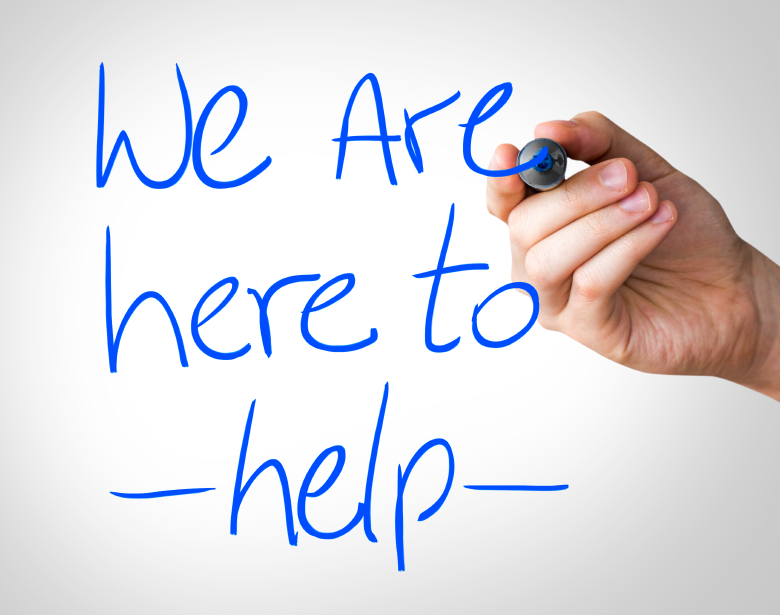Imagine this. Your agency is tasked with reaching out to individuals in 192 different languages, across many different channels, with varying education and technological expertise. It sounds like an almost impossible task. Now add in good customer service techniques – and the impossible task now seems preposterous.
But that’s exactly what the U.S. Citizen and Immigration Services Customer Service and Public Engagement Directorate accomplished. Their associate director, Mariela Melero, shared their secrets to success during the keynote at the Government Innovators Virtual Tech Day.
By way of background, USCIS is an agency within the Department of Homeland Security that is responsible for overseeing immigration benefits like green cards, work permits, and U.S. citizenship. As you would expect, the immigration field is particularly challenging when it comes to reaching and serving customers effectively. But that hasn’t stopped USCIS. “We are constantly striving to ensure that our information and services are clearly understood, but we need to strike the right balance between simplicity and legal precision,” explained Melero. “At the end of the day, USCIS wants to leave a legacy of compassion and customer service.”
In order to communicate more effectively, Melero’s team designed a world-class customer service delivery process that leverages multiple integrated channels — including online tools, in person engagements, personal assistance over the telephone and web, and social media outlets. In order to craft the omnichannel approach, the USCIS team used design thinking methodologies to make real change.
There are three elements to Melero’s new design thinking strategy.
- Know your customer. “At USCIS we operate from a base of empathy for our customers. We stopped assuming we knew what they wanted,” she explained. “Now, we work to understand them…understand what motivates them, what they need, and how they want it. We design from a premise that we exist to serve them, not the other way around.”
- Start with a minimum viable product. “We no longer aim to release tools that are perfect right out of the gate. What we find works better is to release a basic, minimally functional tool and then seek feedback from the people who will be using it—our customers.”
- Fail fast. “We get products out there quickly so people can begin using them and tell us what they think. Agile development accepts, and even expects, that the products we put out there initially will be fine-tuned over time. In this way, we ask our customers, the end users, to help make our products perfect. And it’s working very well for us.”
USCIS will release a new online Application for Naturalization process that resonates with applicants because the prototype with a diverse group of real customers who gave us feedback on several touch points. The form is adaptive, based on each applicant’s demographic information and preferences. For example, women who are completing the application are not asked questions about the selective service – because that only pertains to men.
However, just launching a new program isn’t enough. Melero stressed you have to measure results and effectiveness. “We can’t launch a digital platform without also assessing our effectiveness, so we listen to the voice of our customers in as many ways as we can. We use web analytic tools, as I’m sure many of you do, to look at user pathways, roadblocks, and time spent browsing our website.”
If your agency is thinking about taking this approach, Melero has two big tips:
- “Don’t underestimate your customer. Don’t make assumptions about them. Listen to them.”
- “And when you hear people say that government “can’t afford to provide world class service…” don’t believe it. In my experience, we can’t afford not to.”
Check out all of our Summit recaps here!




Leave a Reply
You must be logged in to post a comment.